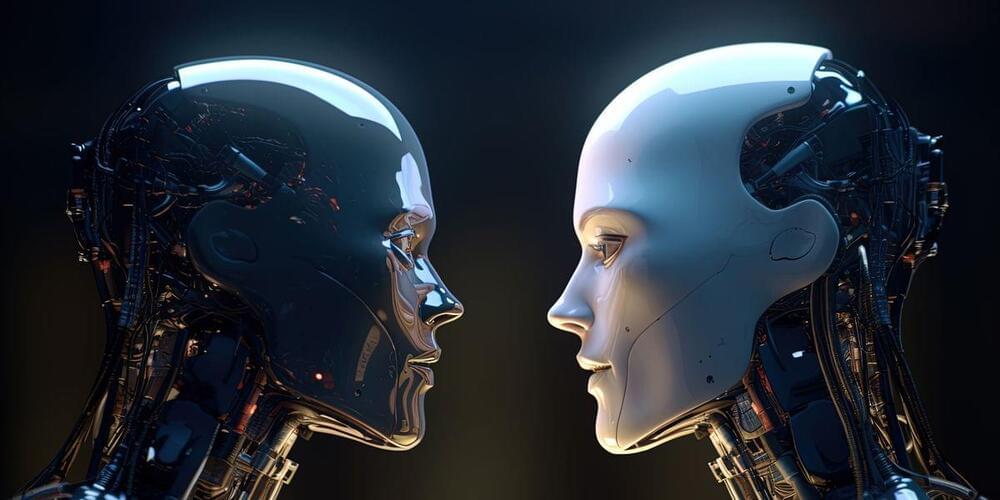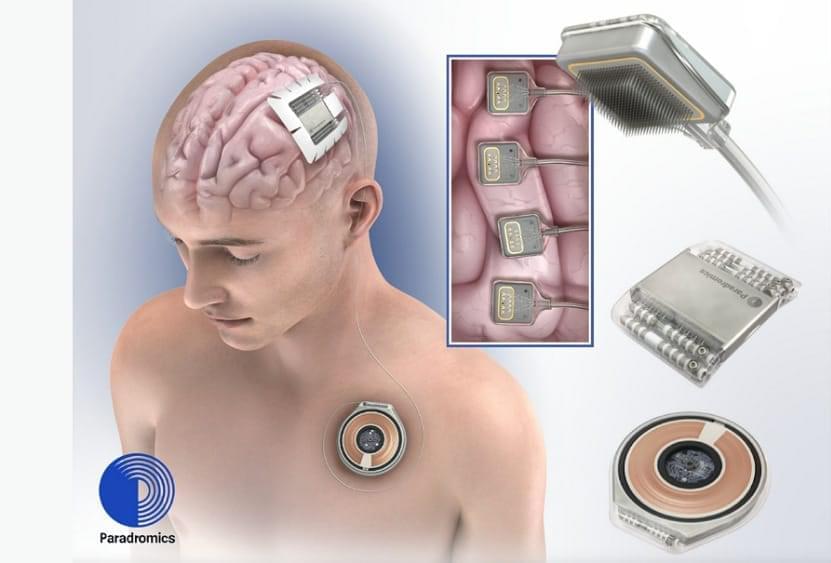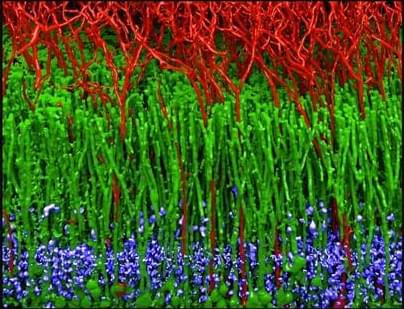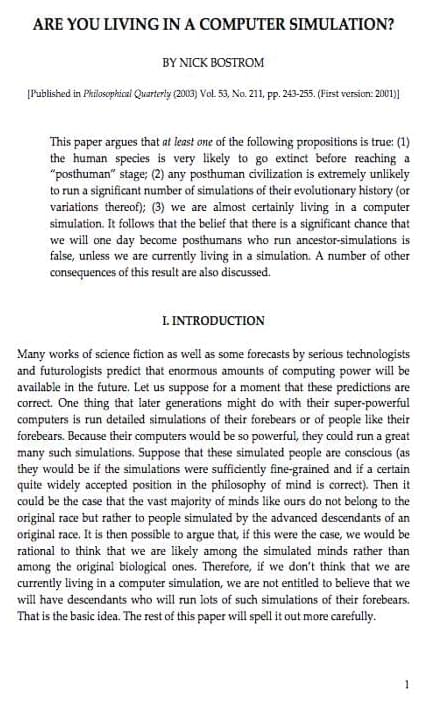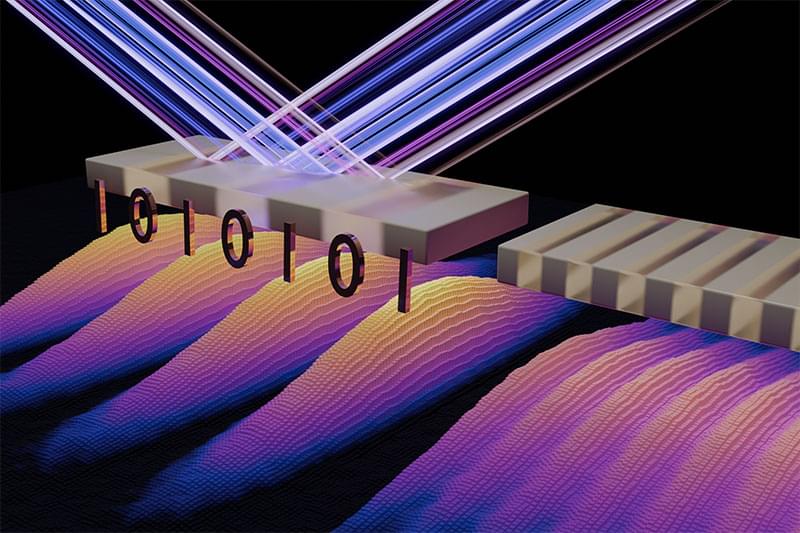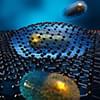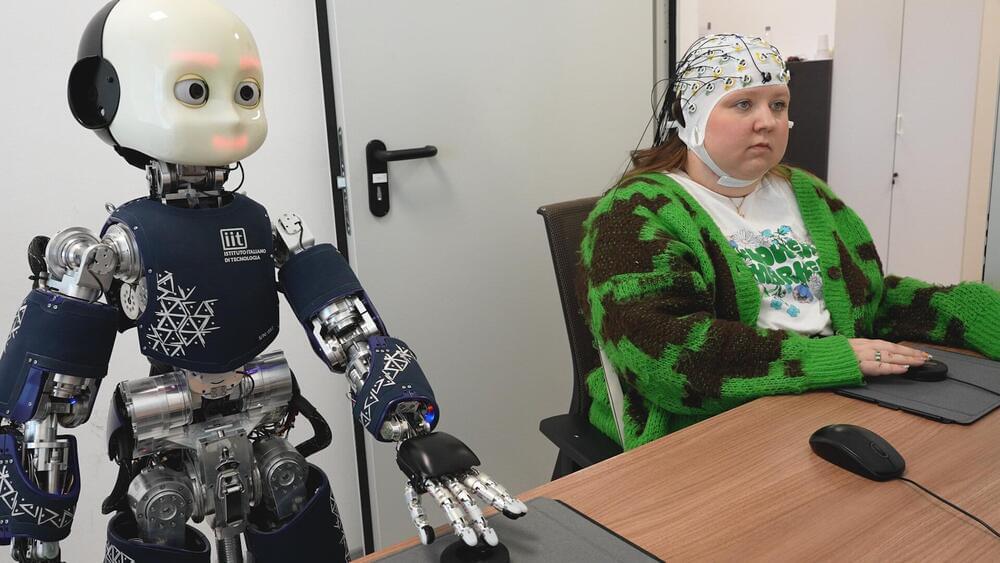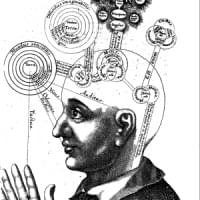Jun 27, 2024
Could AI Ever Become Conscious? Here’s the Truth About Thinking, Feeling Machines
Posted by Dan Breeden in categories: cybercrime/malcode, robotics/AI
Star Trek: The Next Generation looks at sentience as consciousness, self-awareness, and intelligence—and that was actually pretty spot on. Sentience is the innate human ability to experience feelings and sensations without association or interpretation. “We’re talking about more than just code; we’re talking about the ability of a machine to think and to feel, along with having morality and spirituality,” Ishaani Priyadarshini, a Cybersecurity Ph.D. candidate from the University of Delaware, tells Popular Mechanics.
💡AI is very clever and able to mimic sentience, but never actually become sentient itself.
